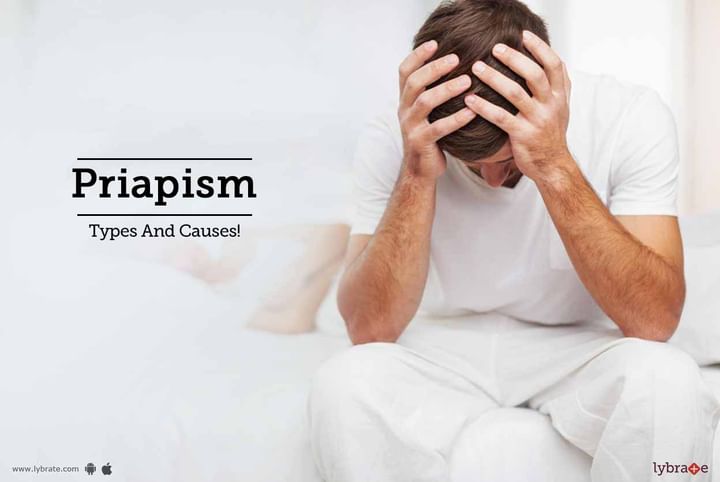Priapism - Types and Causes!
One of the rare sexual problems to affect men is a condition termed as Priapism. As known to many, a normal flow of blood plays a pivotal role in ensuring a healthy and proper erection of the penis. During an erection, the tissues of the penis (soft and spongy tissues) receive an increased flow of blood (triggered by the relaxation and expansion of the arteries of the pelvis and the penis). However, any abnormality in the flow of blood can affect this erection giving rise to priapism.
Priapism is a sexual disorder characterized by an erection that lasts for an abnormally long time period (at times for close to 4 hours). With such an extended and prolonged erection, priapism results in immense pain and discomfort. The condition can affect all males, irrespective of their age (from newborns to aged people). However, men in their 30's are more susceptible to priapism. The trigger for priapism is not always sexual arousal. A person can also suffer from this condition instantaneously without any sexual excitement.
Ischemic and Non-Ischemic Priapism
Depending on the flow of blood to the penis, priapism can be either
- Ischemic Priapism: Here, the blood that flows to the penis and the erection chambers gets trapped there, failing to move out. Also known as Low-Flow Priapism, this painful condition results in prolonged erection (often more than four hours) without being sexually aroused. In Ischemic Priapism, the penile shaft appears stiff and rigid as compared to the penile glans which appear soft and tender.
- Non-Ischemic Priapism: This type of priapism arises from the improper regulation of the flow of penile blood. Also known as High-Flow Priapism, the condition is quite rare and can be triggered by an injury to the perineum or the penis that may rupture or damage an artery.
What triggers priapism in males?
As already stated, one of the prime factors responsible for Priapism is the improper flow or regulation of penile blood. There are many factors and medical conditions that can act as a potential trigger affecting the normal flow of blood.
- Sickle-cell anemia: Sickle cell anemia is an inherited genetic disorder whereby the red blood cells appear sickle-shaped instead of being round shaped. Sickle-cell anemia can go a long way to trigger priapism, especially ischemic priapism (the sickle-shaped RBCs can be instrumental in blocking the penile blood vessels) in males. Ischemic Priapism can also be an outcome of Leukemia or even Malaria.
- Multiple Myelomas, as well as Thalassemia, can also act as contributing factors resulting in Priapism.
- Certain medications can also wreak havoc triggering priapism. Some of these medications include:
- Antidepressants (bupropion, fluoxetine).
- Blood thinners (such as heparin).
- Alpha-blockers (tamsulosin, prazosin).
- Atomoxetine and related medicines (used in the treatment of ADHD).
- Clozapine and other related drugs used to deal with anxiety.
- Phentolamine, and related medications used in the treatment of erectile dysfunction.
- Priapism can also be triggered by medical conditions such as penile cancer, gout, syphilis, injury to the spinal cord or the penis, alcohol abuse.
Ayurvedic treatment helps to work on its sysmptoms, prevention and treatment of later complications, correcting imbalance, adjusting the immune system and most importantly helps in boosting energy and strong body for better health and quality of life. The purpose of this treatment is not to replace necessary orthodox medical treatment. A combination of both is recommended.



+1.svg)
